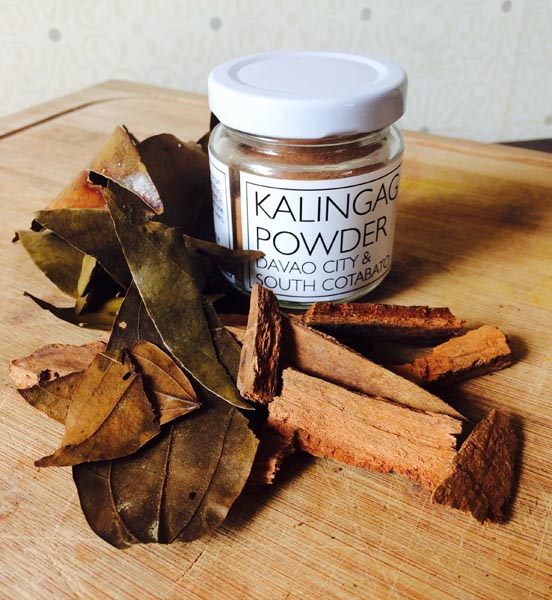Go (coco)nuts! Share this story with your friends.
Before opening the Malate branch of Brooklyn-born restaurant Purple Yam, owner couple Romy Dorotan and Amy Besa traveled across our country’s regions in search of homegrown ingredients they can incorporate in their menu.
They are staunch advocates of the sustainable lifestyle and of helping out and supporting our local producers. Romy and Amy believe everything starts with our producers. They are the ones who will be building our brand of food.
It’s a cause we all should not only be supporting, but practicing as well. Thanks to Amy and Romy, we are made aware of our own produce. They remind us of the beauty and bounty of our backyards. Here, they share what they have foraged just recently and been using in their food ever since.
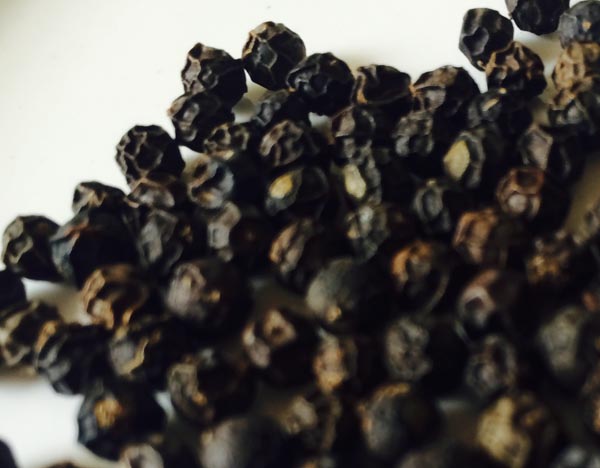
1. Organic black peppercorns
“I avoid commercial black peppercorns like the plague because I hear so many stories of local vendors adulterating black peppercorns with dried papaya seeds,” says Amy. “I also have read historical accounts of fraudulent ways of selling ground black peppercorns adulterated with dust! So I always make sure I know my source.” She gets her stash from the Dugan Farm in Rosario, Batangas. Its potency is overwhelming, nothing like the powdered kind sold in commercial markets. Purple Yam uses it in the spice rub for its bestselling barbecued baby back ribs.
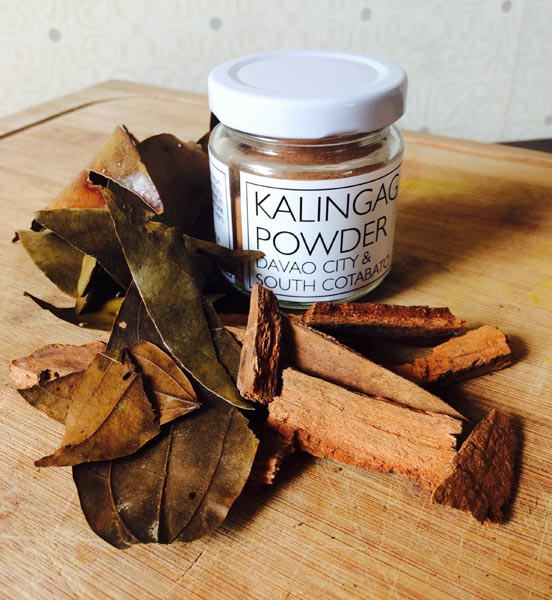
2. Cassia bark, leaves and kalingag
It is our country’s answer to cinnamon. “We have used the bark and the leaves for flavoring humba and also as a major ingredient in our stuffing for roast cochinillo and roast chicken. It adds such a delicate aroma to the lechon or the chicken.” The kalingag, which is the powdered form of the cassia bark is still new to Amy and has yet to play around with it. It tastes like Sarsi or rootbeer and so she has plans of sprinkling it on estofado or adobo. “It could also be good as a tea,” she suggests.

3. Dalandan
The Philippine orange has always been used for beverages and desserts, but rarely in savory dishes. Purple Yam recognizes and appreciates the balance in acidity and sweetness that the fruit inherits, so it uses dalandan in its native salad dressings and the citrus butter sauce that comes with the roasted whole fish wrapped in pandan leaves. (Photo: blauearth.com)
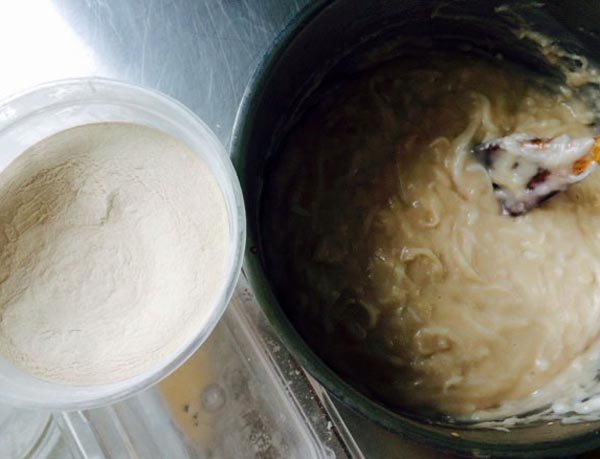
4. Nipa starch
Our country grows several palms in our fertile land and the 4 major ones are coconut, nipa, buri and kaong. They all produce sap, sugar, vinegar and starch. “The nipa starch is harvested from the trunk of the nipa palm. We started using it in place of cornstarch in our buko pies. The starch greatly improves the flavor of the pie. I am also going to try making the Pangasinan and Ilocano treat ‘keneler’ with it. I’ll use this to thicken the coconut milk and sugar and then sprinkle pinipig on it.”
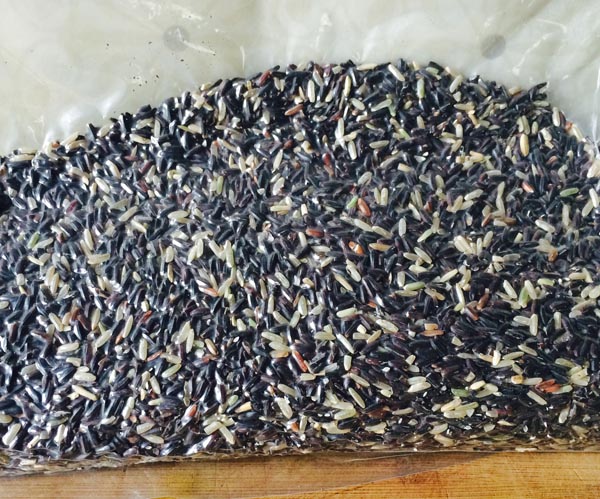
5. Organic black “duck” rice from Bukidnon
It is called “duck” rice because ducklings help it grow by eating the pests (kohol) that kill it. They also stir up the nutrients of the soil with their paddling. The ducks have increased the yield of the farmers by 30% and the farmers (and the consumers) are to benefit from it because they no longer need pesticides to kill the snails that ravage rice fields. “The rice is delicious, nutty and easy to cook. It is one of the favorites of my kitchen staff. Black rice is also very limited in availability so people should take advantage of it whenever available.”
Purple Yam Malate, 603 J. Nakpil St cor Bacobo Street, Malate, Manila; +63 926 7133523
